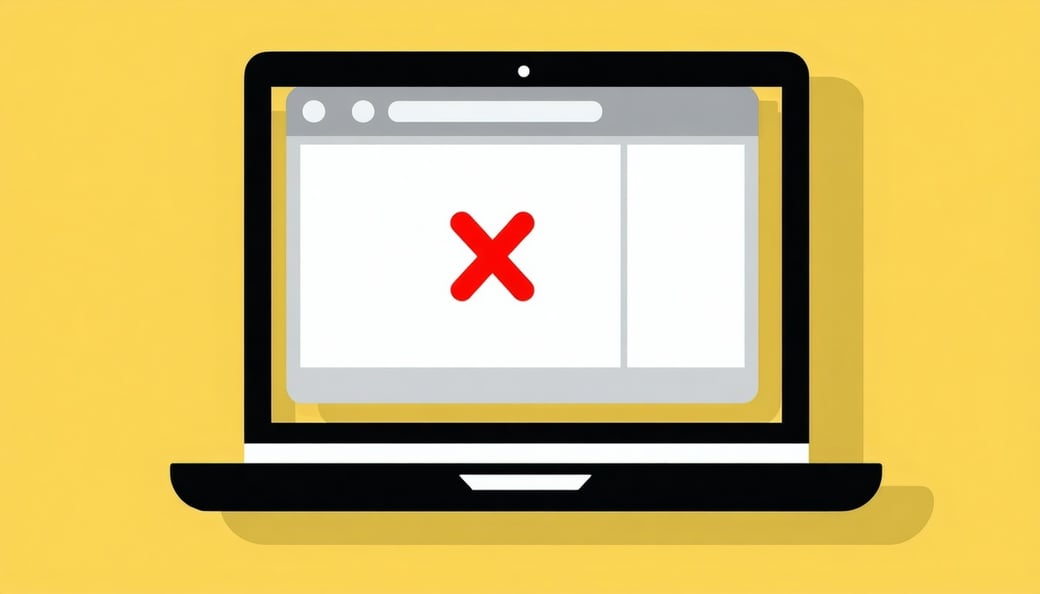
Staying secure means staying updated. Discover how managing updates effectively can increase your organization's overall security posture.
The Importance of Regular Updates in IT Compliance
Regular updates are crucial in maintaining IT compliance. Organizations must adhere to industry regulations and standards, which often mandate timely updates to ensure systems are secure and data is protected. By consistently updating software and systems, businesses can mitigate risks and avoid potential penalties associated with non-compliance.
In addition to regulatory compliance, regular updates help protect against new vulnerabilities and threats. Hackers continuously evolve their techniques, and outdated systems are prime targets for exploitation. Maintaining an up-to-date IT environment is essential for safeguarding sensitive information and maintaining the trust of clients and stakeholders.
Setting Automatic Updates is Not Enough
While automatic updates can streamline the process of keeping systems current, they are not a foolproof solution. Automatic updates do not replace the need for a Security Operations Center (SOC) manually verifying and pushing through critical updates. Automated systems can sometimes miss important patches or even introduce new issues, potentially leaving vulnerabilities unaddressed.
Organizations should implement a robust update management strategy that includes both automated and manual processes. Regularly auditing and verifying updates ensures that all security patches are applied correctly and promptly. This proactive approach minimizes the risk of security breaches and system failures caused by incomplete or faulty updates.
Understanding the Risks: Vulnerabilities and Zero-Day Exploits
Vulnerabilities and zero-day exploits pose significant risks to organizations. A vulnerability is a weakness in software or hardware that can be exploited by attackers to gain unauthorized access or cause damage. Zero-day exploits are particularly dangerous because they target vulnerabilities that are unknown to the vendor and have no official fix available at the time of discovery.
For example, Microsoft's June 2025 Patch Tuesday addressed 66 flaws, including one actively exploited zero-day vulnerability (CVE-2025-33053) and one publicly disclosed vulnerability (CVE-2025-33073). These vulnerabilities highlight the importance of timely updates and staying informed about potential threats. By understanding the risks associated with vulnerabilities and zero-day exploits, organizations can better prepare and respond to security incidents.
Strategies for Effective Update Management
Effective update management requires a comprehensive strategy that encompasses planning, execution, and monitoring. Hiring a Managed Service Provider (MSP) like Synivate can significantly enhance an organization's ability to manage updates efficiently. MSPs offer expertise in identifying, prioritizing, and deploying updates across various systems and applications.
Synivate's managed IT services include 24/7 cybersecurity monitoring, ensuring that updates are applied promptly and vulnerabilities are addressed before they can be exploited. By leveraging the expertise of an MSP, organizations can focus on their core business activities while maintaining a strong security posture through effective update management.
Best Practices for Staying Ahead of Security Threats
Staying ahead of security threats involves more than just patching operating systems like Windows or macOS. It is equally important to ensure that third-party applications are regularly updated. Many cyberattacks target vulnerabilities in commonly used software, making it critical to keep all applications current.
Organizations should implement a comprehensive patch management policy that includes regular updates for all software, not just core operating systems. Additionally, conducting regular vulnerability assessments and penetration testing can help identify potential weaknesses and ensure that all systems are secure. By adopting these best practices, organizations can reduce their risk exposure and maintain a robust security posture.